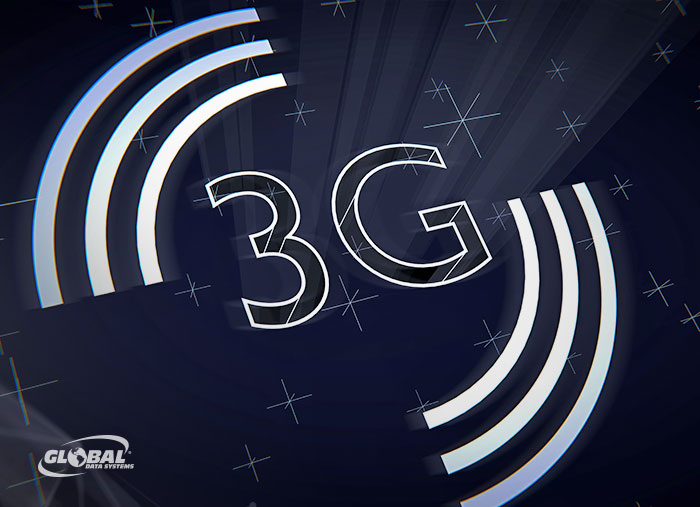As Carriers Sunset 3G Networks, Organizations Must Plan to Replace Devices
With the rollout of 5G networks moving at a rapid pace, major wireless carriers are phasing out their old 3G technology. Verizon plans to sunset its 3G network on Dec. 31, 2021, while AT&T will turn off 3G sometime in February 2022. T-Mobile will shut down the 3G network purchased from Sprint on Jan. 1, 2022, and its own network sometime in April 2022.

Carriers need to free up space on towers for 5G equipment, and wireless spectrum for 4G data services. They are also looking to eliminate the overhead of maintaining 3G technology amid booming demand for 5G. Telecom industry analysts expect that some 3G services will go away sooner than the official sunset dates.
Unfortunately, many 3G devices will not work with 4G or 5G networks. Older telematics devices, asset tracking systems, meters, and health monitors that connect via 3G will have to be replaced. Additionally, some applications rely on 3G to send and receive data from these devices, and will have to be updated.
Organizations should have an action plan in place for upgrading their 3G assets to prevent potential downtime and business disruption. The process could take some time, particularly for equipment that’s located in environments that are remote, harsh or difficult to access.
Widespread Use
By some estimates, there are more than 80 million 3G devices in North America alone, most of which use carrier networks for connectivity. Many of these devices are used to monitor equipment — such as oilfield pumping units and electricity transmission and distribution systems — that human operators cannot routinely check. When network connectivity for these devices is cut off, there is a high risk that the equipment could malfunction or fail.
With the rollout of 5G networks moving at a rapid pace, major wireless carriers are phasing out their old 3G technology.
3G devices perform other mission-critical functions as well. Transportation and logistics companies use 3G devices for GPS tracking and in-vehicle telemetry. While telematics devices purchased after 2018 generally have 4G LTE capabilities, tens of thousands of 3G devices are still used for fleet connectivity, particularly in rural areas.
Utility companies use 3G-based devices to read “smart” water meters. Many older mobile personal emergency response (mPERS) devices used by the elderly and disabled use 3G for connectivity, as do some home security systems.
mPERS devices cost $150 or more, but in many industries the price of the device is the smallest component of the overall upgrade. The labor involved in replacing devices across far-flung industrial operations has a much higher price tag. Some municipalities are struggling to find the budget to replace or upgrade water meters that were installed only a few years ago.
Addressing the Problem of Discontinued 3G
Downtime would likely be much more expensive, however. Organizations that rely on 3G technology should be taking aggressive steps to upgrade their equipment. The effort begins by inventorying devices that won’t work with 4G or 5G, and determining which systems and applications rely on those devices. The next step is to prioritize systems that would pose the greatest threat to operations if downtime were to occur.
Organizations should contact their 3G carrier to determine exactly when their network will be shut down, and work with manufacturers to upgrade, retrofit or replace devices. The important thing is to develop a plan before 3G networks are turned off.
Benefits of Managed IT Services from Global Data Systems
- Strategic Managed IT: We help you solve your technology related business problems.
- Connectivity: We get you reliable, secure connectivity anywhere in the western hemisphere in 48 hours.
- Support: When you need help simply call our 24x7x365 support number.
- Billing: Instead of managing hundreds of vendors - get one, easy to read bill from GDS.
Contact Managed Services Provider, Global Data Systems >

